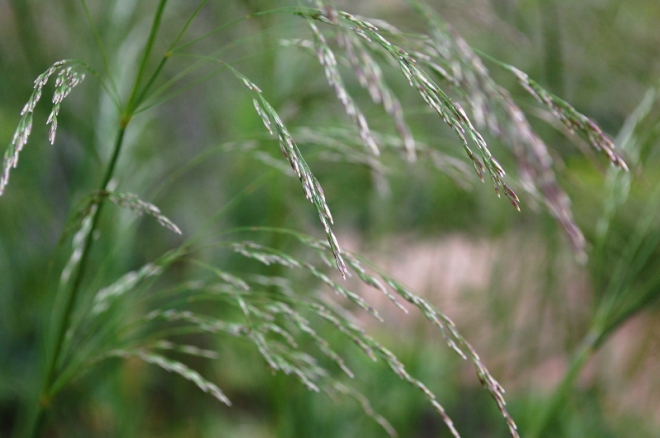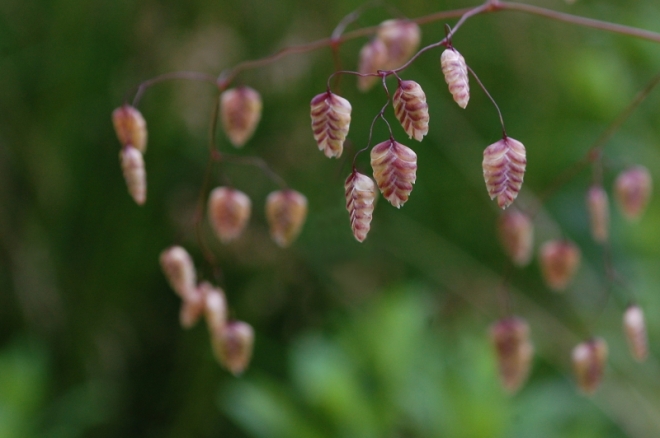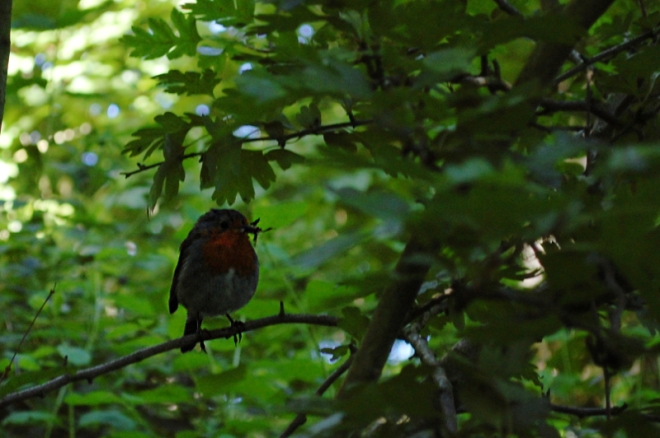When Ada de Warenne, the Queen Mother of Scotland, went about her feudal lady business in the 12th century she must have travelled the Lowlands to some extent despite having her household staff and vassals to do her bidding. But where did she go and what did she see there? If Bill and Ted’s excellent time-travelling phone booth went and picked Ada up and brought her to modern day, would she recognise the landscape where she once trod, or any of the buildings still standing today? Hmm. Let’s give it a go.
This is the head of a double lancet window that crashed onto the ground when an entire corner of the tower house that was built on top of a 12th-century hall house at Aberdour Castle in Fife came rumbling down in the 19th century. It may be possible, just possible, that Ada once looked through this window. I’d like to think she did.
After Ada was widowed and her son Malcom IV became king, she was at times present at his court but is thought to have resided mostly in her core lands in Haddington. To get from Haddington to her castle here in Crail, she would have had to cross the Firth of Forth. A century before Ada’s time Queen Margaret, who later became St Margaret of Scotland, had established a ferry to aid pilgrims who travelled from the south across the Forth towards Dunfermline and St Andrews (and presumably returned as well). But perhaps Ada, a posh woman that she was, crossed in more style?
Nonetheless, Aberdour, only a few miles from where the ferry would have come ashore, was in the hands of the de Mortimers. Alan de Mortimer gained Aberdour through marriage when Ada was a toddler. But certainly by the time Malcom IV had passed and Ada’s second son William the Lion sat on the throne, Ada knew the de Mortimer family: Alan’s son William de Mortimer served as a knight for William the Lion (and those two did get into a bit of a pickle with the English), and William de Mortimer also witnessed at least one of Ada’s charters. Besides, Lowland nobility with Norman roots was hardly a bottomless pool of folk at the time. So let us amuse ourselves by assuming Ada visited Aberdour on her way to Crail.
Would she have looked through that window then? Lacking historical record, rock alone doesn’t tell exactly when it was chiselled. Therefore, some sources suggest the first stone building in Aberdour (with that window in the living quarters of the first floor) was built by Alan de Mortimer whilst others say it was built by William or even by Alan’s grandson (might have been a Walter but best not to quote me on that one) well after Ada’s death. But according to Historic Scotland the stone hall house could have existed during Ada’s lifetime, so that’s good enough for now.
At the very least there was St Fillan’s Church on de Mortimer land right around the corner from what ever buildings there were in Aberdour. The church was built probably at the time Ada first came to Scotland as a married woman, and the Romanesque chancel is still much like Ada would have seen it had she ever stopped by.
Although Ada’s support of a variety of monastic houses was a social obligation, not necessarily a certain sign of piety, she would have done the proper thing and visited a local church, if for no other reason than curiosity for the fame of St Fillan’s Well (now disappeared) that was said to have eye-healing water. Don’t you think? Yes. So let’s go with that, shall we?
Good. Now that we have shed the last of the caution any half-decent historian should exercise, let’s take Ada by the arm and (by greatly alarming her with such over-familiarity) walk her to a good spot near St Fillan’s so that she can look over the Firth of Forth. (Oh, yes, she’s alarmed now but a ride in a time-travelling phone booth did not perturb Ada in the slightest…) Right off-shore from Aberdour is Inchcolm. It may have been Alan de Mortimer who gave the island to the Augustinian canons when Ada’s father-in-law David I invited them to settle there. The Augustinians started building their priory (later abbey) in Ada’s time, and the early stone-work resembles that in St Fillan’s Church and Aberdour Castle. No charter survives to show that Ada endowed Inchcolm but perhaps as a Lady of Some Standing she visited the holy island all the same, and perhaps she would still recognise the now roofless nave of the original priory church that was dwarfed by the growth of the monastery in later centuries.

The orginal, 12th-century church of Incholm (the roofless bit in the middle) was built of pretty sturdy-looking stones.
Poor Ada, how bewildered she must be by all this! It is almost comparable to how intrigued I am. But I reckon I’d best leave the lass be for a while. Crossing 850 years into the future takes its toll on Queen Mothers.
(Total count of Williams: 2)







